We have all had the experience of reading a novel, getting to the end and feeling unsatisfied. Something wasn’t right, we expected more, the story was so … Read More

Story structure is part of what makes a great novel, short story, play or other tale.
Find every article on crafting well-structured stories in Now Novel’s archives here.
Learn how to create an effective and purposeful scene. Get advice on chapter structure including where to use a dinkus or scene break. Discover how structure can help you keep your reader enthralled and turning pages.

We have all had the experience of reading a novel, getting to the end and feeling unsatisfied. Something wasn’t right, we expected more, the story was so … Read More
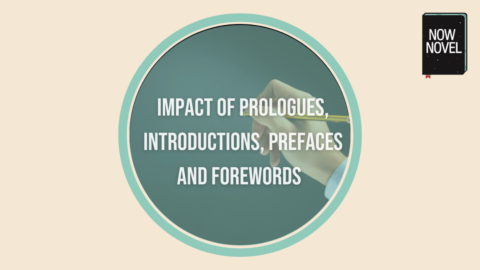
Using powerful literary tools such as introductions, prologues, prefaces and forewords and can be impactful. Read on for definitions and examples of these
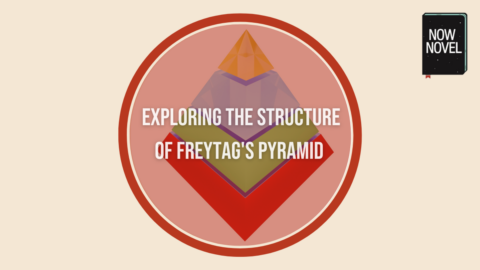
Understanding how the story structure as detailed in Freytag’s Pyramid can help you craft your own stories. Read on for a look at this storytelling tool
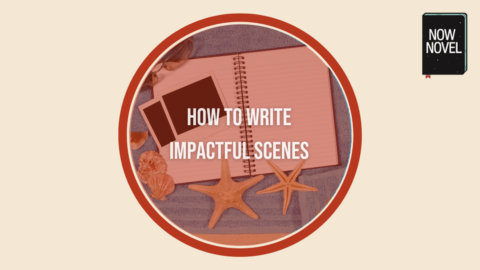
Understanding how to keep a scene interesting is a crucial skill for writing a novel or screenplay. Scenes are the basic building blocks of a chapter or act. Read on for tips on how to write a scene, plus analysis of story scene examples
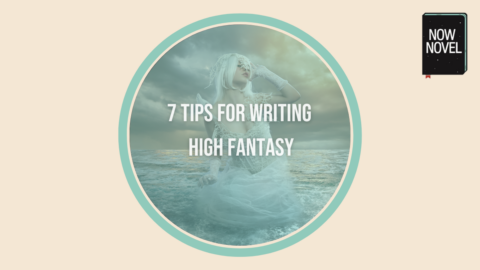
The fantasy genre endures for many reasons. It transports us to other worlds, stimulating the imagination. It draws on powerful archetypes and symbols. Read 7 tips for writing captivating high fantasy
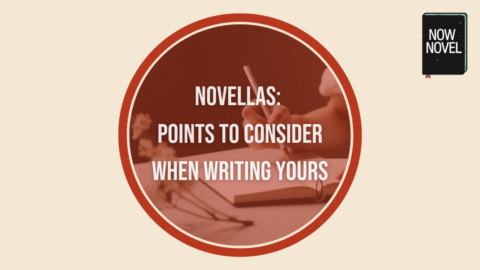
Learning how to write a novella is excellent preparation for writing your first novel. It enables you to work out characters and themes more extensively than a short story does. Writing a novella gives you helpful scaffolding for an expanded and more detailed book or series. Read on for a definition of the novella and 6 essential tips for writing one:

How do you create rising action? What is its purpose? How can you make rising events more suspenseful? Dive into dramatic theory and tips to make your rising action riveting.

Learn how to write a book chapter that makes exposition concise, builds plot in units of action and reaction, and how to end chapters so that they extend readers’ questions.
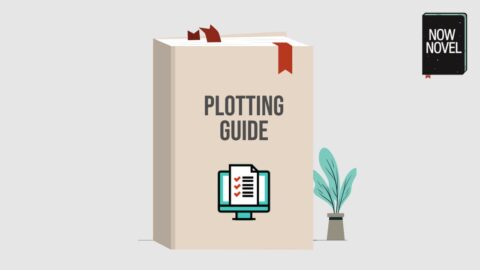
This complete guide to plotting and story structure provides resources for finding plot ideas, developing your plot and more.